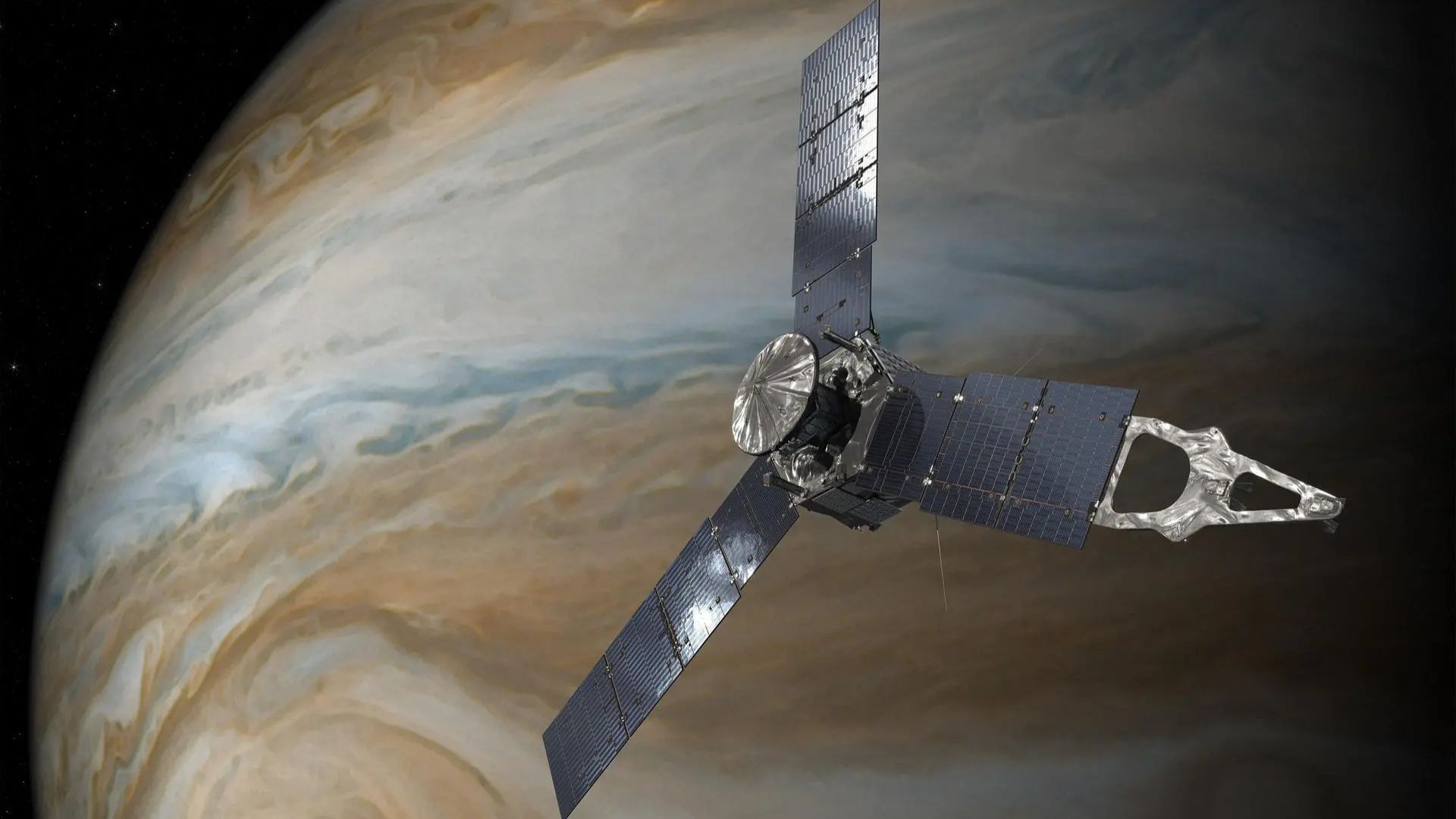New Delhi: The US Senate is introducing a bipartisan Commerce, Justice, Science (CJS) bill that ensures the continuation of the Orion Crew Capsule and the Space Launch System for the National Aeronautics and Space Administration (NASA), along with proposed defunding of science oriented projects by the US National Science Foundation (NSF) and the National Oceanic and Atmospheric Administration (NOAA). In a subcommittee hearing, Senator Rand Paul said, “The bill provides 33.9 billion for science agencies, NASA and the National Science Foundation. For NASA, the bill reflects an ambitious approach to space exploration, prioritising the Artemis Programme and human spaceflight, by rejecting premature termination of systems like SLS and Orion before commercial replacements are ready. We make crucial investments to accelerate our plans for boots on the lunar surface, but also in the technologies and capacity to land astronauts on Mars.”
Senator Chris Van Hollen added, “When it comes to NASA, in addition to the Artemis Programme, it also funds NASA science, it also provides important funding for NOAA, important funding for the National Science Foundation.” Last month, the Trump administration proposed a ‘skinny budget’ that slashes funding for science-oriented projects across NASA, NSF and NOAA, with a focus on crewed missions to the Moon and Mars. International partners can potentially be affected by the axing of a number of these missions, including the Orion Capsule that uses a European Service Module, the Lunar Gateway, and the Mars Sample Return Mission.
Uncertainty in the future of space exploration
ESA is looking at the potential cuts as a step back as against a Plan B. A budget reconciliation bill introduced by Senator Ted Cruz earlier in the month also attempts to save some key NASA projects, including the Lunar Gateway and Orion. Lockheed Martin, a defence contractor that is negotiating multiple contracts with NASA, and one that has played a role in every NASA mission to Mars so far, has proposed a simplified architecture for the Mars Sample Return mission with a fixed-price contract that is half the current budget. The least talked about threatened missions in all of this are operational spacecraft that have already achieved their goals, but continue to capture new data, such as Juno, the most distant active orbiter from the Earth.
